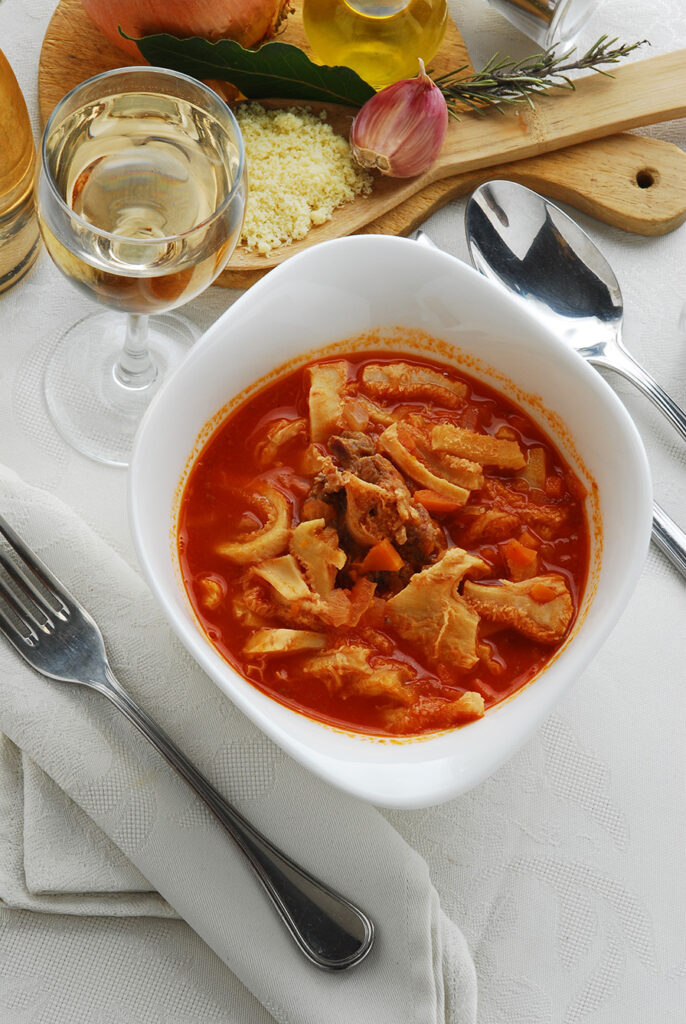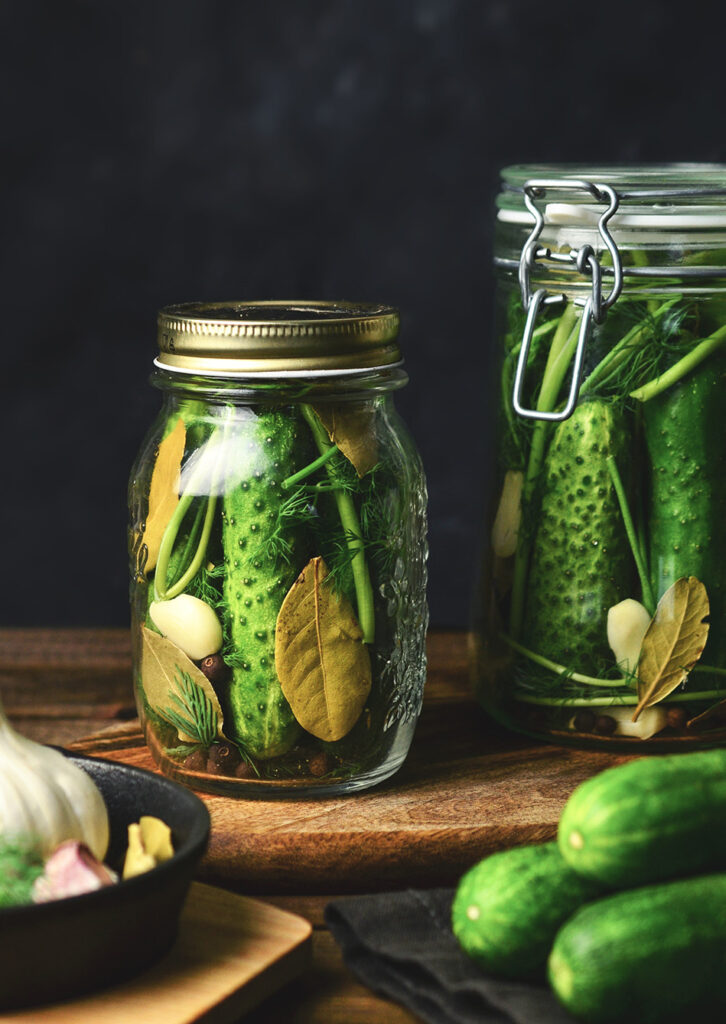Although it’s a buzzword these days in urban, ecologically-conscious circles, “zero-waste” has been a traditional way of life since the dawn of time, particularly in any community where basic commodities were scarce. So while it may be considered a new concept for some Westerners used to the easy availability of food, there are still nations without that luxury where zero-waste is the natural way of life. Given Poland’s recent history, it is a tradition that is still alive and well, with many customary dishes shining examples of zero-waste.
Pork: head-to-tail
As “head-to-tail,” which means maximizing the nutritious outcome from a slaughtered animal, gains traction among contemporary chefs and butchers, it’s nothing new in Poland. Świniobicie, or swine slaughter, is traditionally not only a farmer’s way of life but also a kind of social ceremony, whereby a farmer sacrifices an animal, and then the neighbors benefit.
The meaning of the ritual is quite obvious. First off: sharing is caring; nothing builds community better than the acts of giving and receiving. Debt creates a kind of bond. While in the case of modern bank loans this is not always a good thing, owing something as simple as sausage to your neighbor can go a long way toward cementing mutual relations. There’s also a zero-waste level to it, as, especially before the invention of the fridge, it was better to eat one animal at a time. It reduced the risk of meat going rotten.

Organ delicacies
Traditional Central and Eastern food – in particular, Polish cuisine – gets quite creative when it comes to using organs. The simplest example is the use of intestines as sausage casings. But there’s more. When in Poland, try flaki, a traditional, thick, meaty, and spicy soup made with cattle tripe. Or kaszanka, which, akin to black pudding, is a sausage made of barley or buckwheat and pig’s blood.
One Wroclaw restaurant serves delicious hen hearts on toast. If you think it’s a figurative description, think again: these are literally hearts of hens on toast. In Warsaw, look for cow tongue in horseradish sauce. Poles do remember that the heart is a muscle, so technically it’s meat – tender and delicious. And if you haven’t tried brain yet, you’re in for a treat. It’s even milder in flavor than a deliciously prepared liver.

Pickles
Two of the most obvious products here are gherkins – pickled cucumbers – and sauerkraut. But think of the possibilities: you can pickle in salty water or in vinegar, you can add dozens of spices, garlic or mustard, make them more or less sour, spicy, even sweet. Look for pickled mushrooms, where two notable Polish foodways of pickling and foraging cross.
When chefs in the West started experimenting again with fermentation some two decades ago, it made kind of a stir in a jar and turned into fashion. But less so in Poland, as the tradition of fermenting basically everything you can is very much alive.
Riding the wave of less-waste food preservation, Poles have lately broadened their palette for pickled goods. Now you can find even more pickled tomatoes, paprika, or zucchini than ever before (and you should as many variants as you can).
In a jar
When rapid urbanization of major cities happened, a new slang term appeared – unfortunately often used as a slur – calling people “jars.” It was a term typically used to imply that someone was a country bumpkin. The inference was rooted in the tradition of small-town Polish mothers preparing traditional meals for their urban-dwelling kids and packing them in repurposed glass jars so their kids could bring them back to the city. However, many people now embrace the description as a badge of honor – not without a reason – to be a part of that sharing culture.
Poles love preserving food – either to minimize food waste or effort in cooking. There are also recipes that call for “waste” – if you are served a cake using egg yolk, expect the meringue – using egg whites – the next day. And a traditional variant of meat pierogi (dumplings) uses leftover meat made from rosół (meat bullion).
And yet another way of eating rosół leftover is recycling the Italian stuff (as Poles call vegetable bouillon base) as a vegetable salad: cubed, with gherkins, maybe apple and then seasoned with a mayo-based sauce.
Deciphering the origin of some zero-waste recipes can actually be fun. We strongly recommend thinking about it over a spoon of bone marrow or fishhead soup.
See Also: The Ultimate Guide to Polish Dumplings







